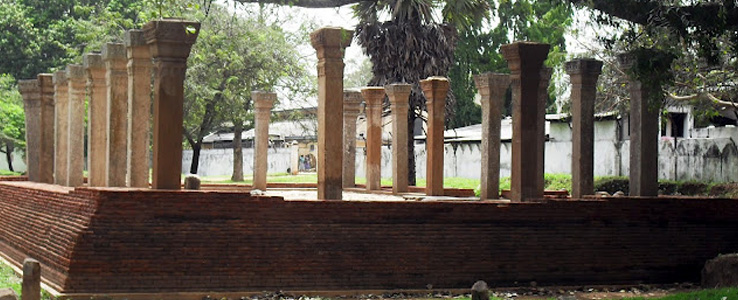
Sri Lanka. This historic site is significant for its role in the propagation of Theravada Buddhism and the education of Buddhist monks during the Anuradhapura period, which dates from the 4th century BCE to the 11th century CE.
Here are some key points about Mayura Pirivena:
Historical Significance: Mayura Pirivena is one of the many monastic institutions established in Anuradhapura, which was the capital city of ancient Sri Lanka. These institutions played a crucial role in the religious and educational landscape of the time.
Educational Role: As a Pirivena, it served as a center for higher learning and scholarly activities, primarily focusing on Buddhist teachings, scriptures, and related subjects. Monks from various regions would come to study and gain knowledge at these institutions.
Archaeological Findings: Excavations and archaeological studies in the area have uncovered various artifacts and remnants that provide insights into the life and activities at Mayura Pirivena. These include ruins of buildings, inscriptions, and other significant relics.
Cultural Impact: The existence of Mayura Pirivena highlights the rich cultural and religious heritage of Sri Lanka during the Anuradhapura period. It underscores the importance of Buddhism in shaping the cultural and educational practices of the time.
Architectural Features: Like many ancient monastic sites in Anuradhapura, Mayura Pirivena would have featured characteristic architectural elements such as stupas (dagobas), assembly halls, and residential quarters for monks.
Mayura Pirivena, along with other similar institutions, showcases the profound influence of Buddhism on Sri Lankan history and its enduring legacy in the country's culture and education.